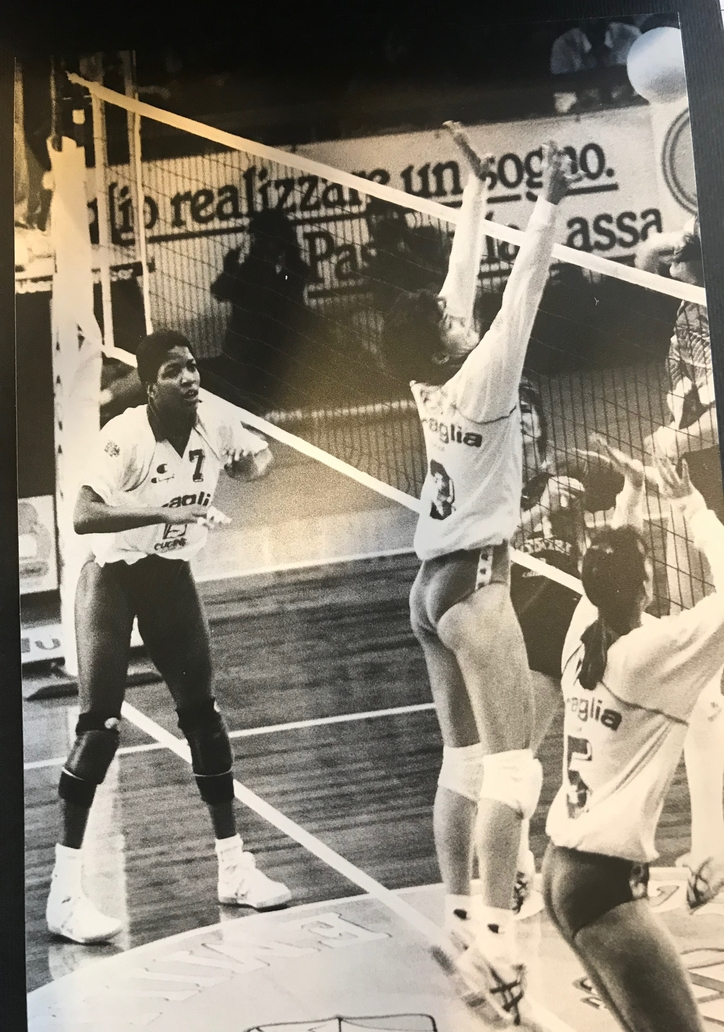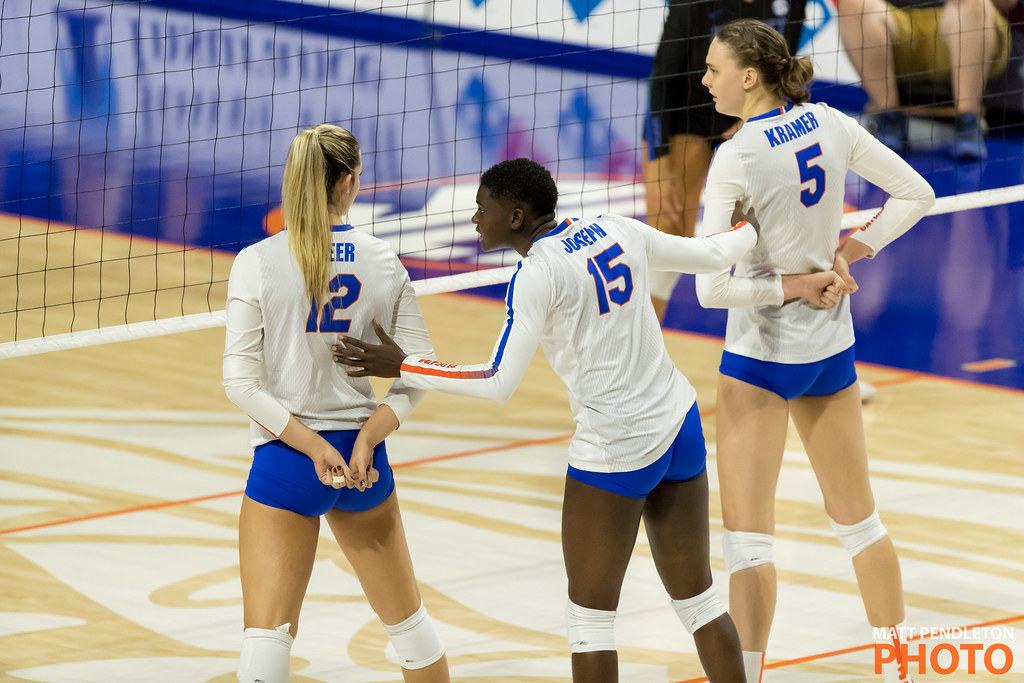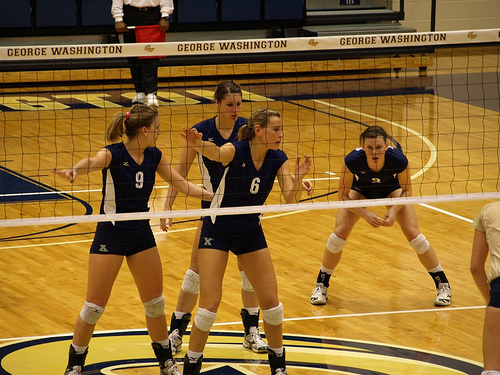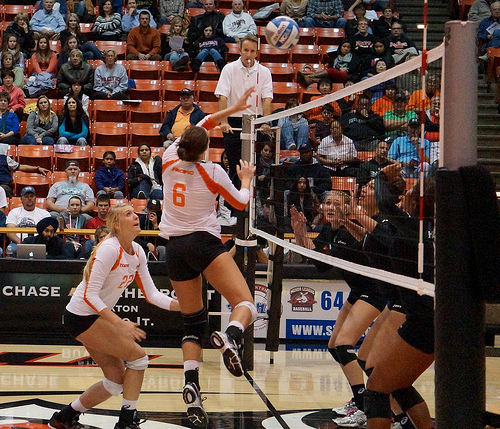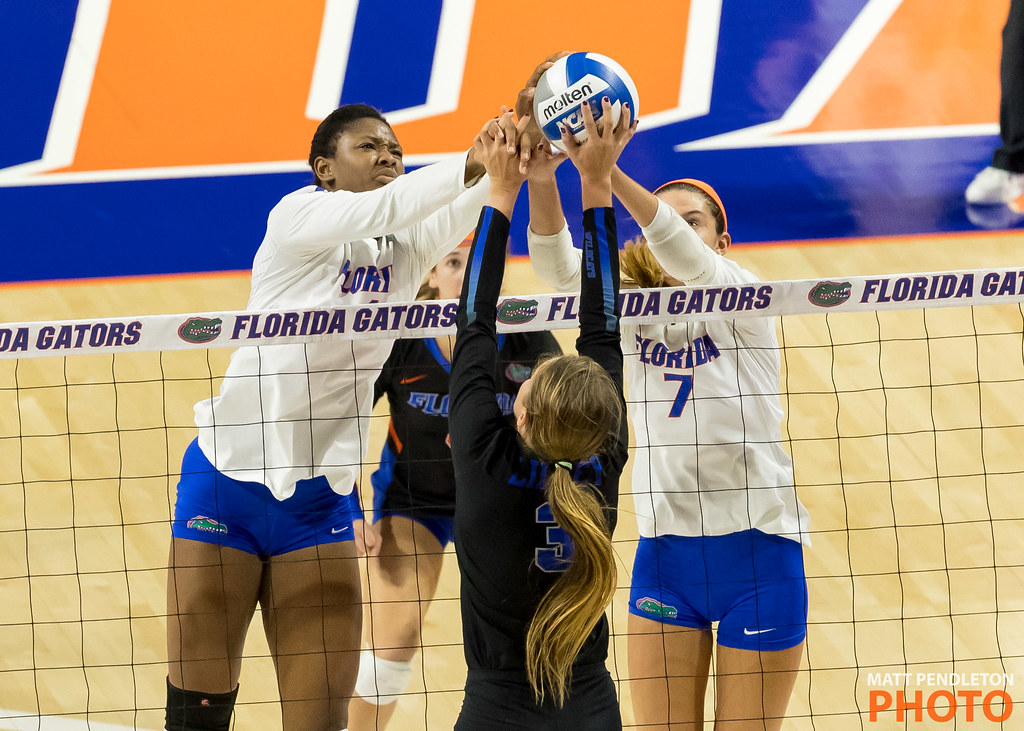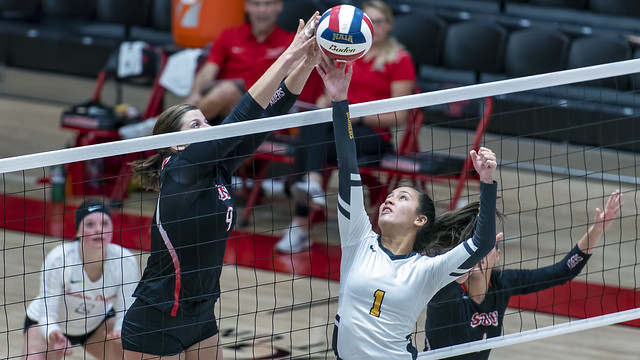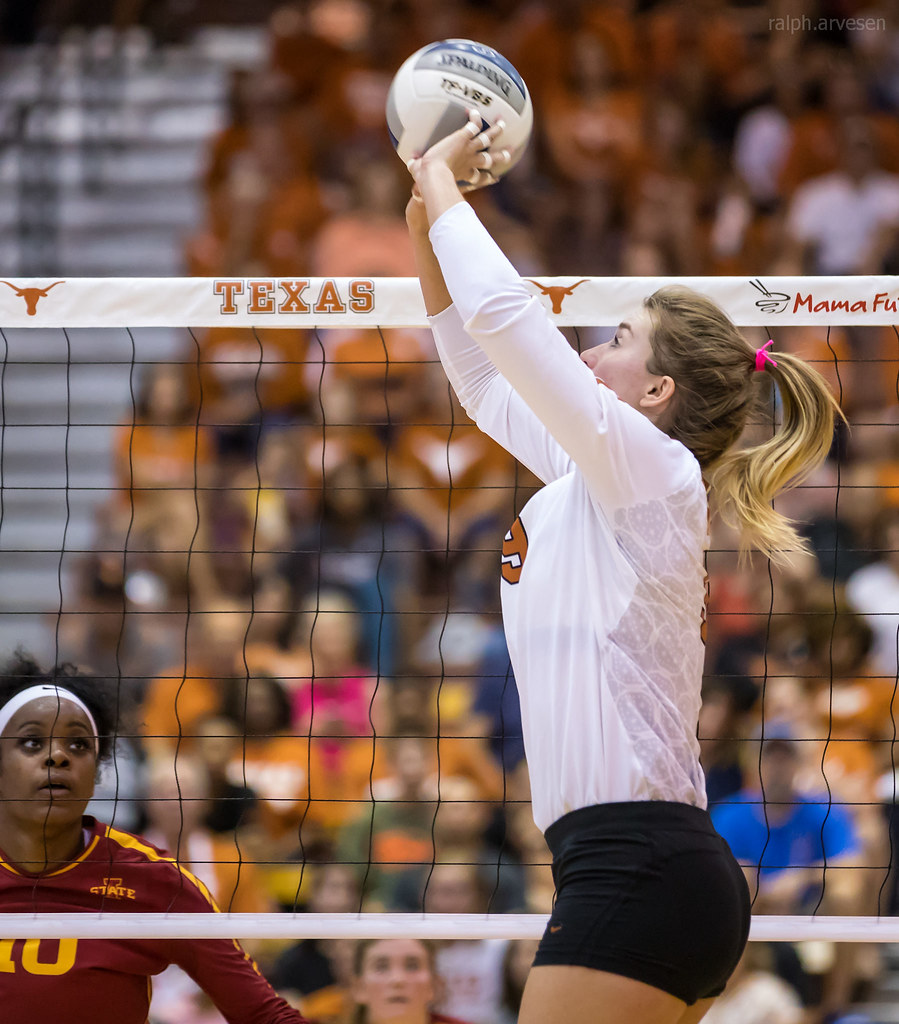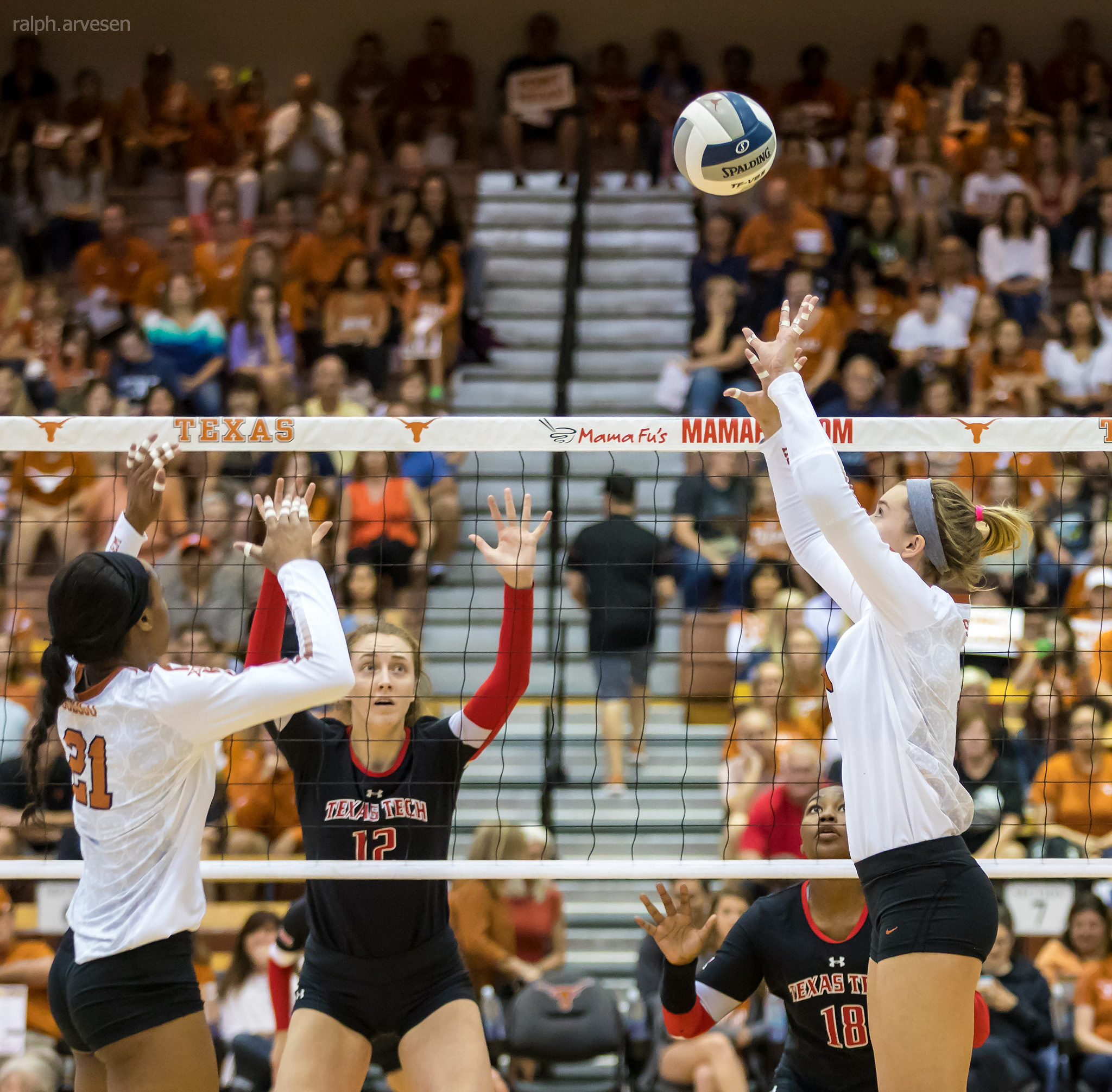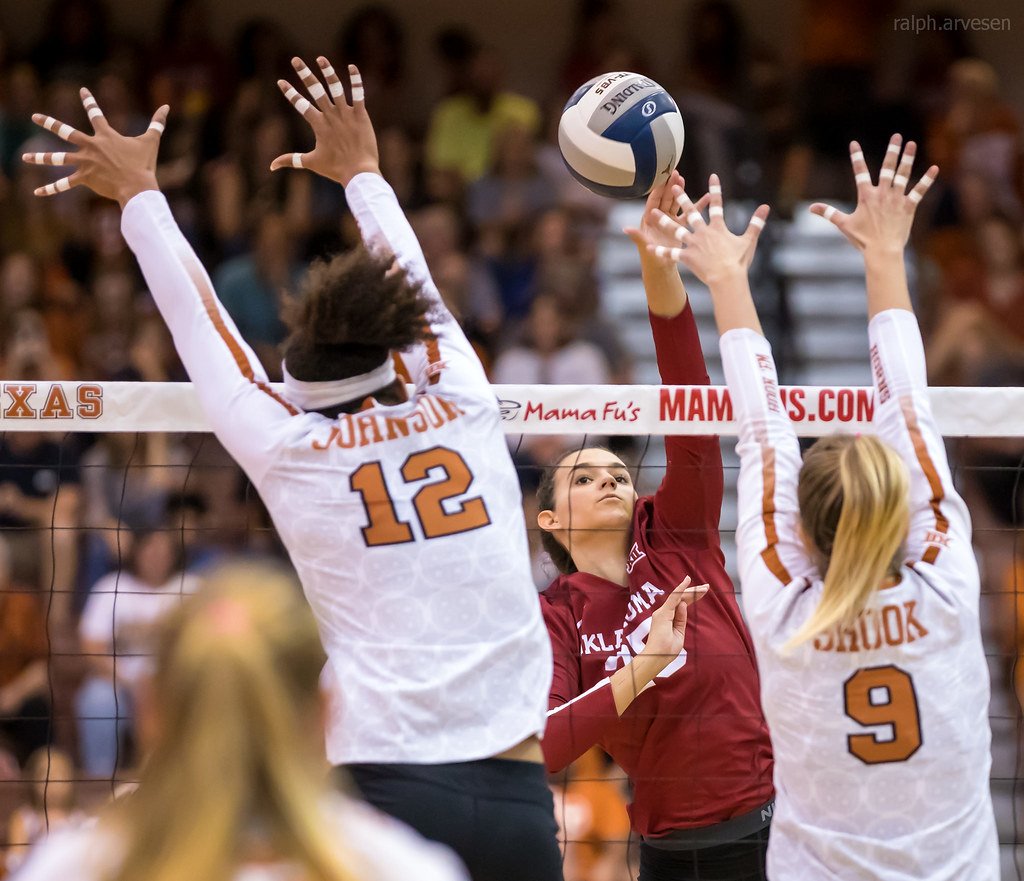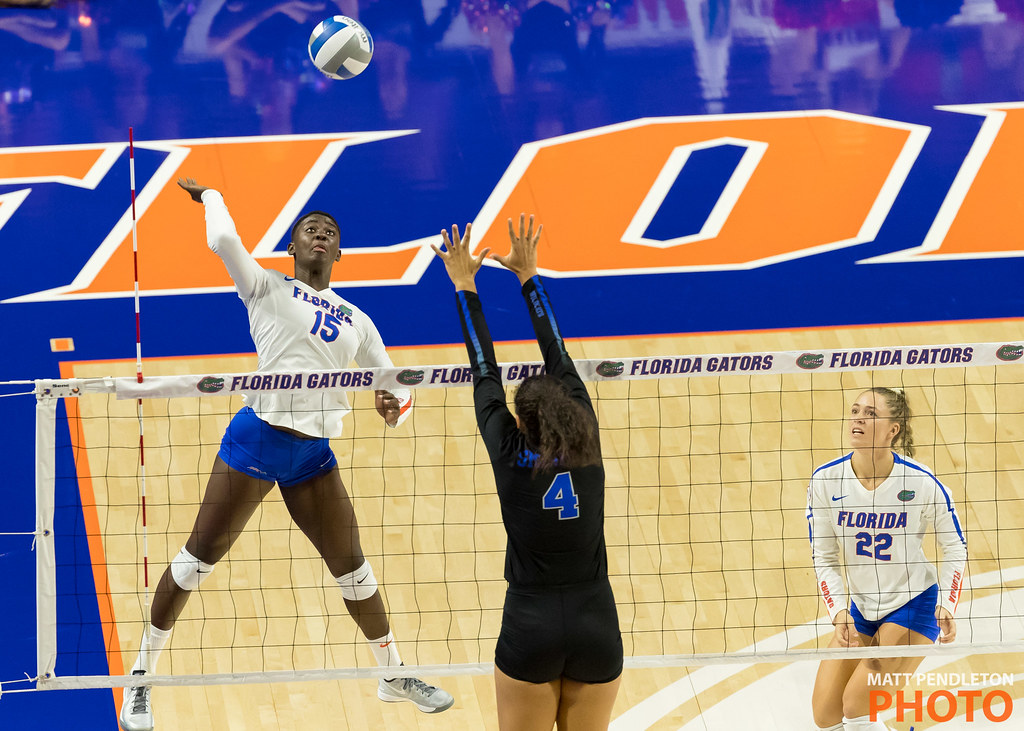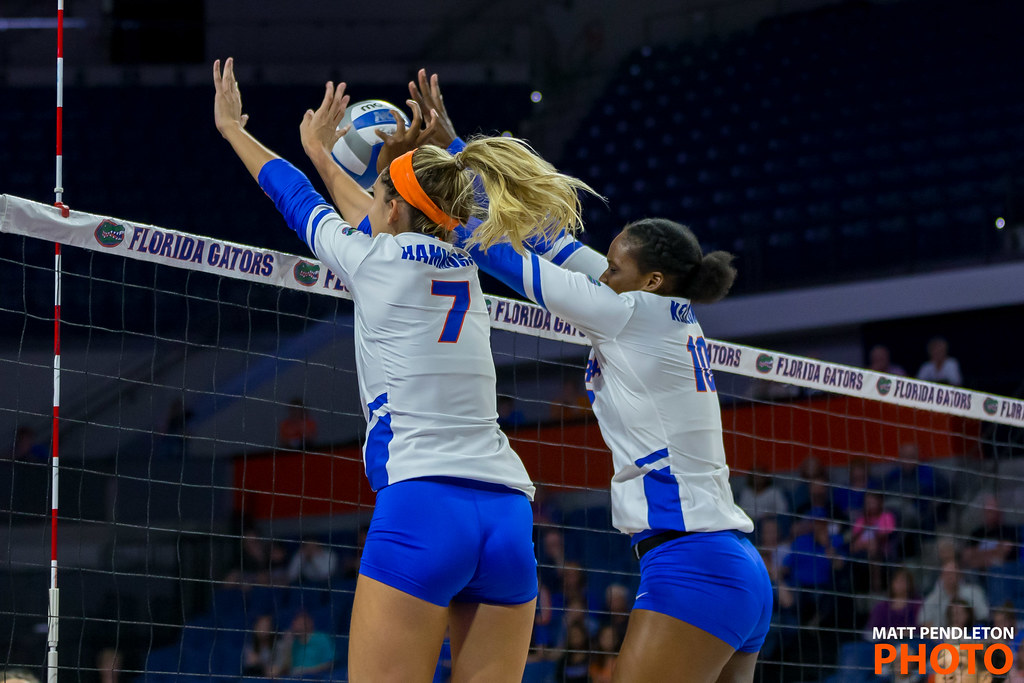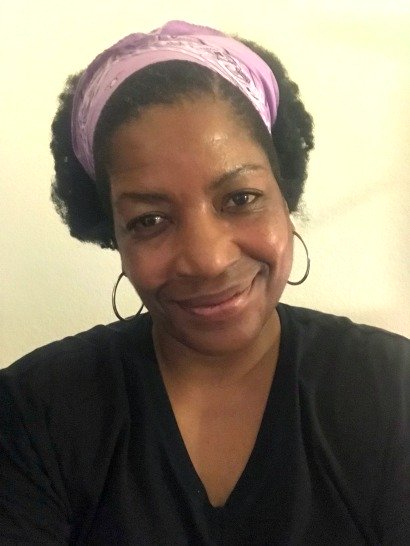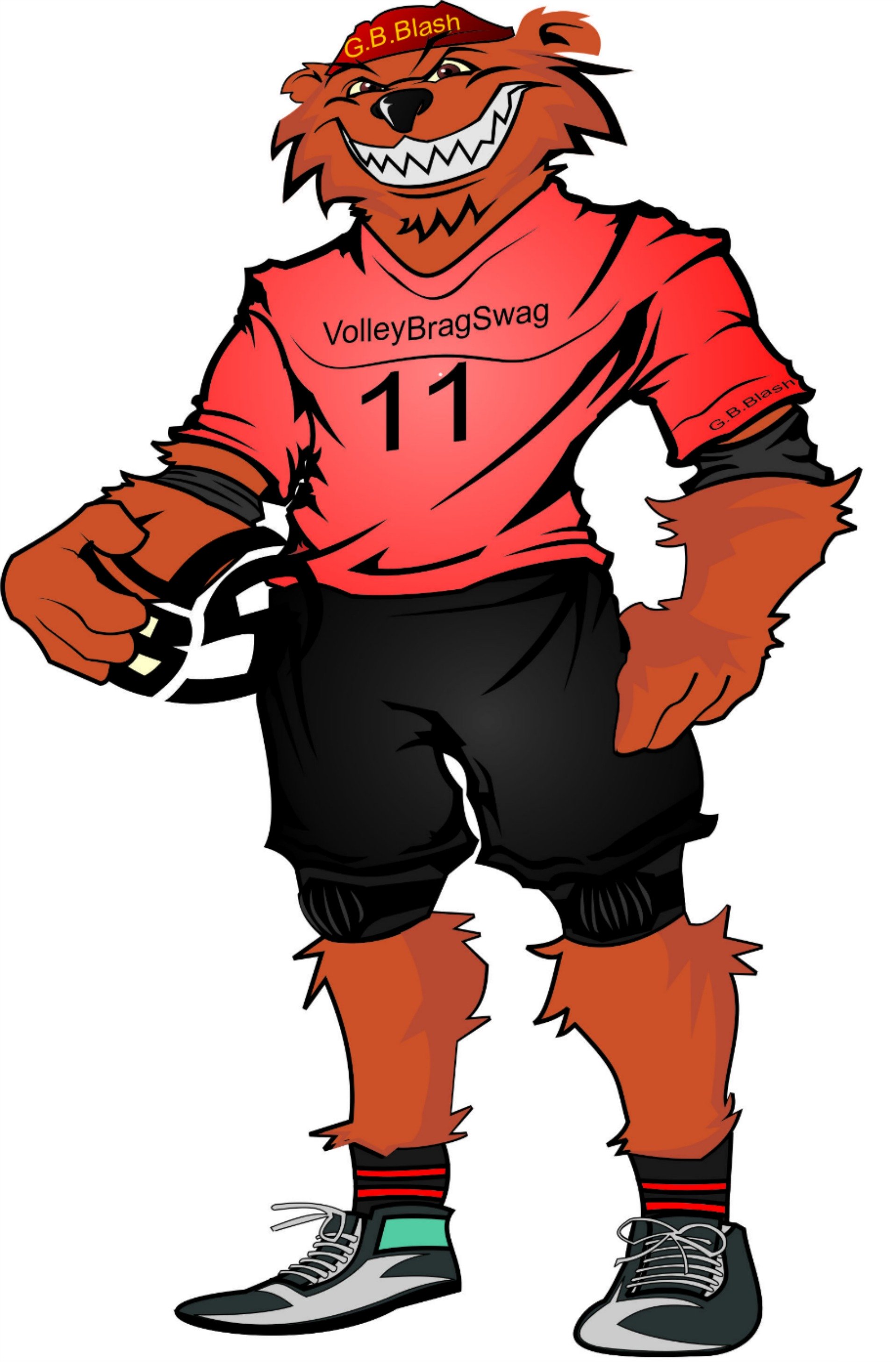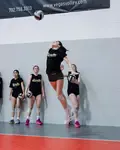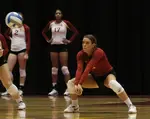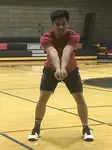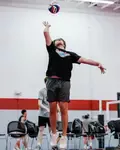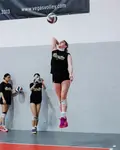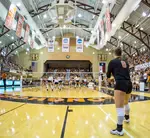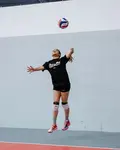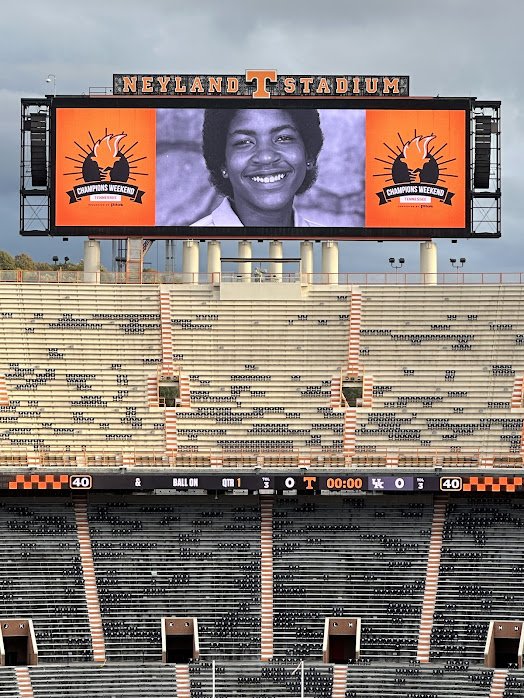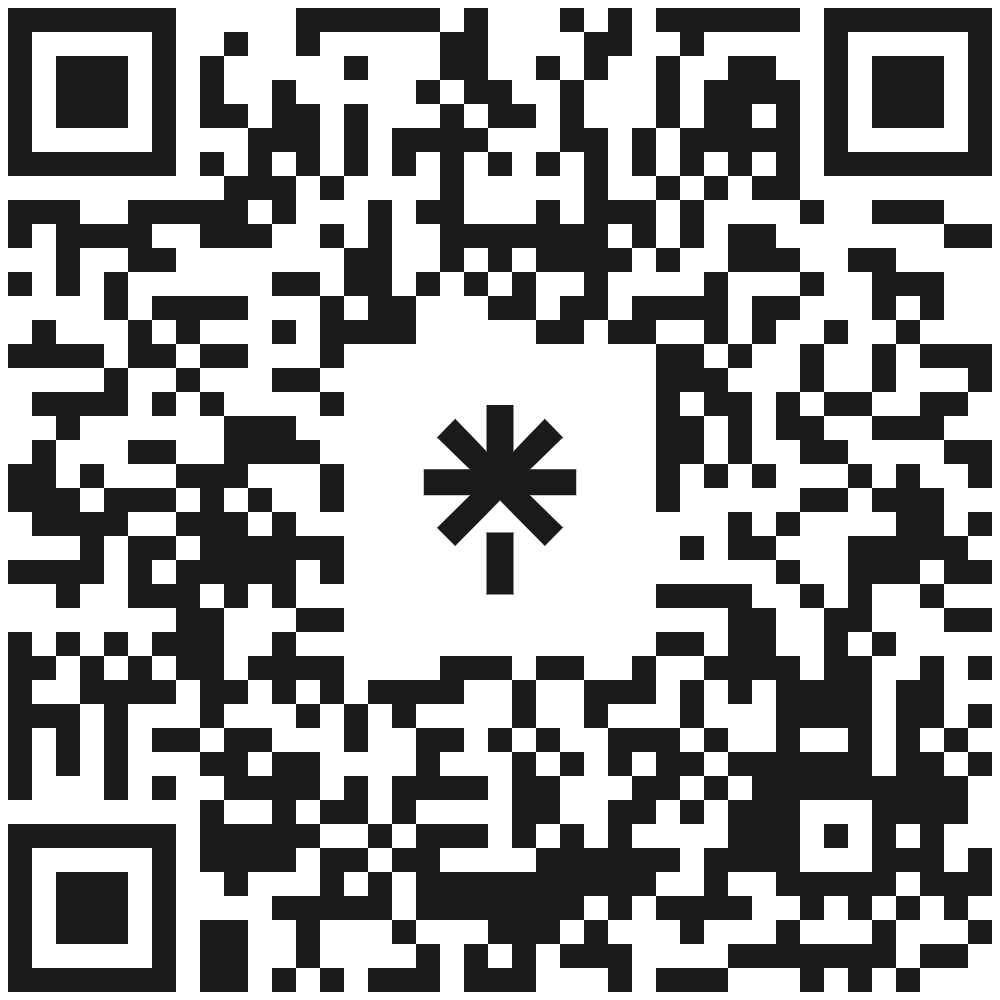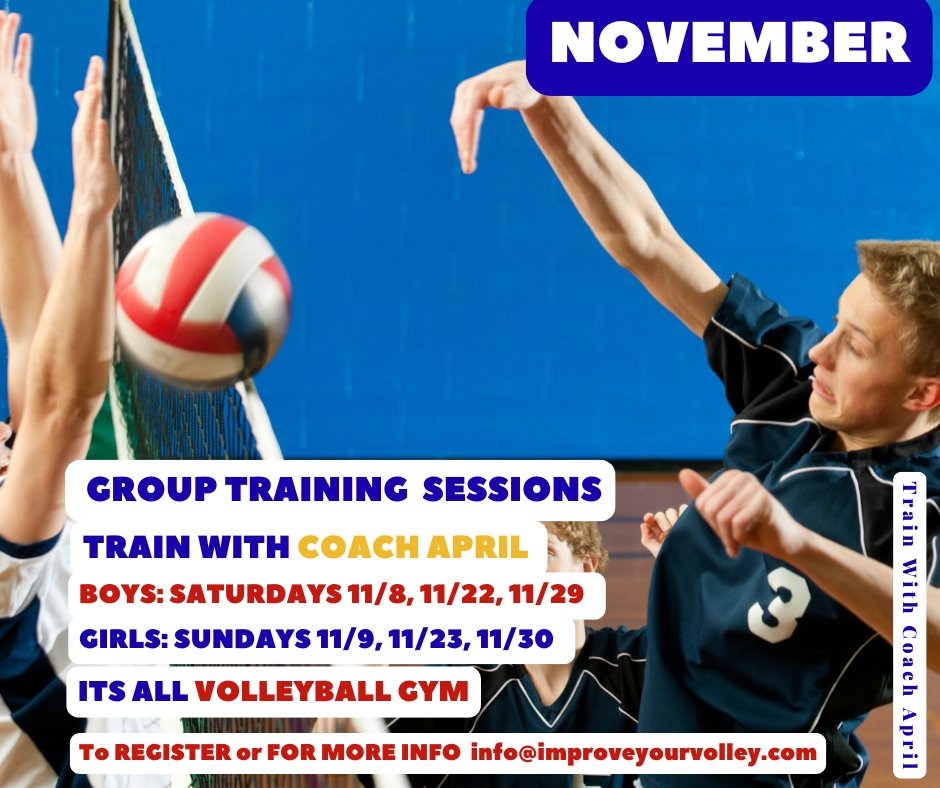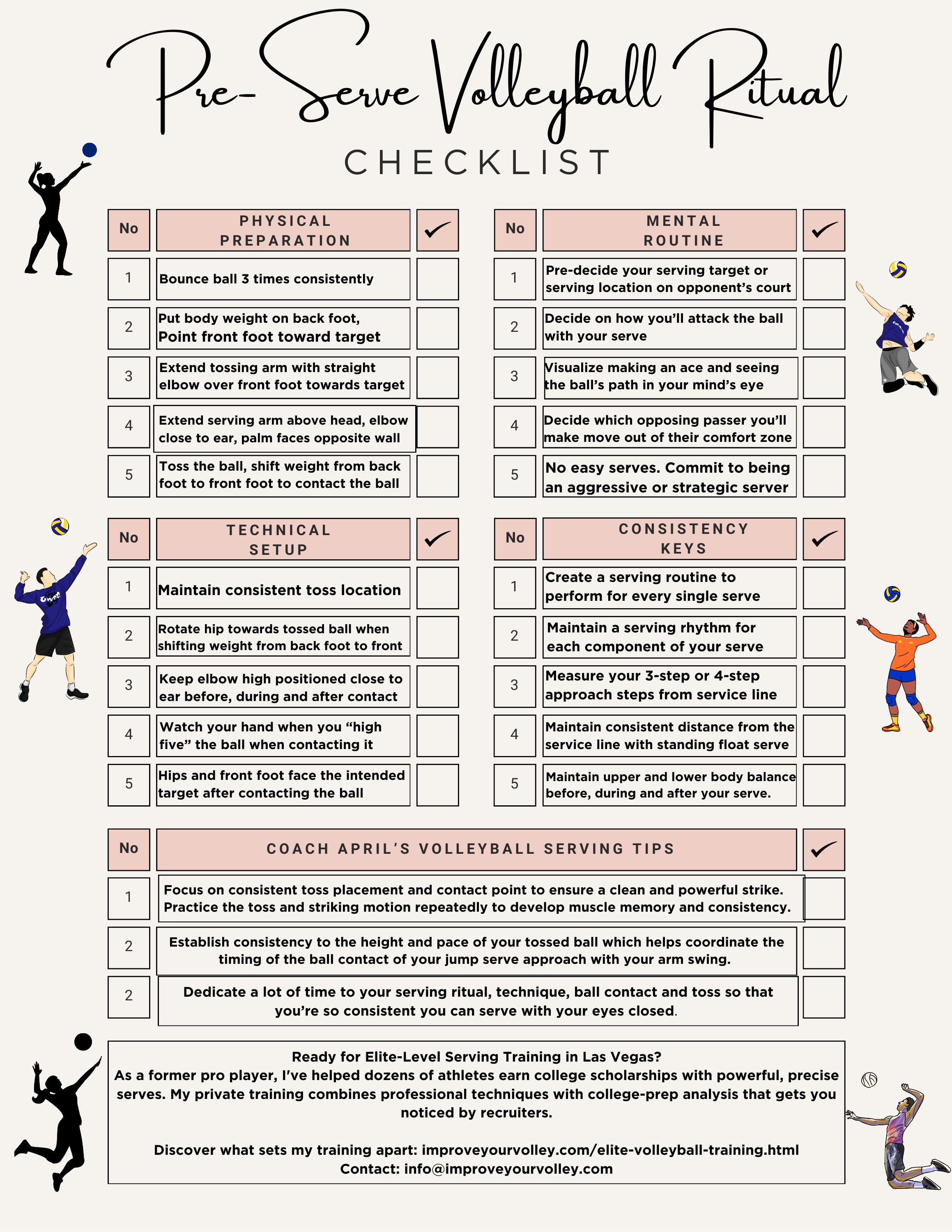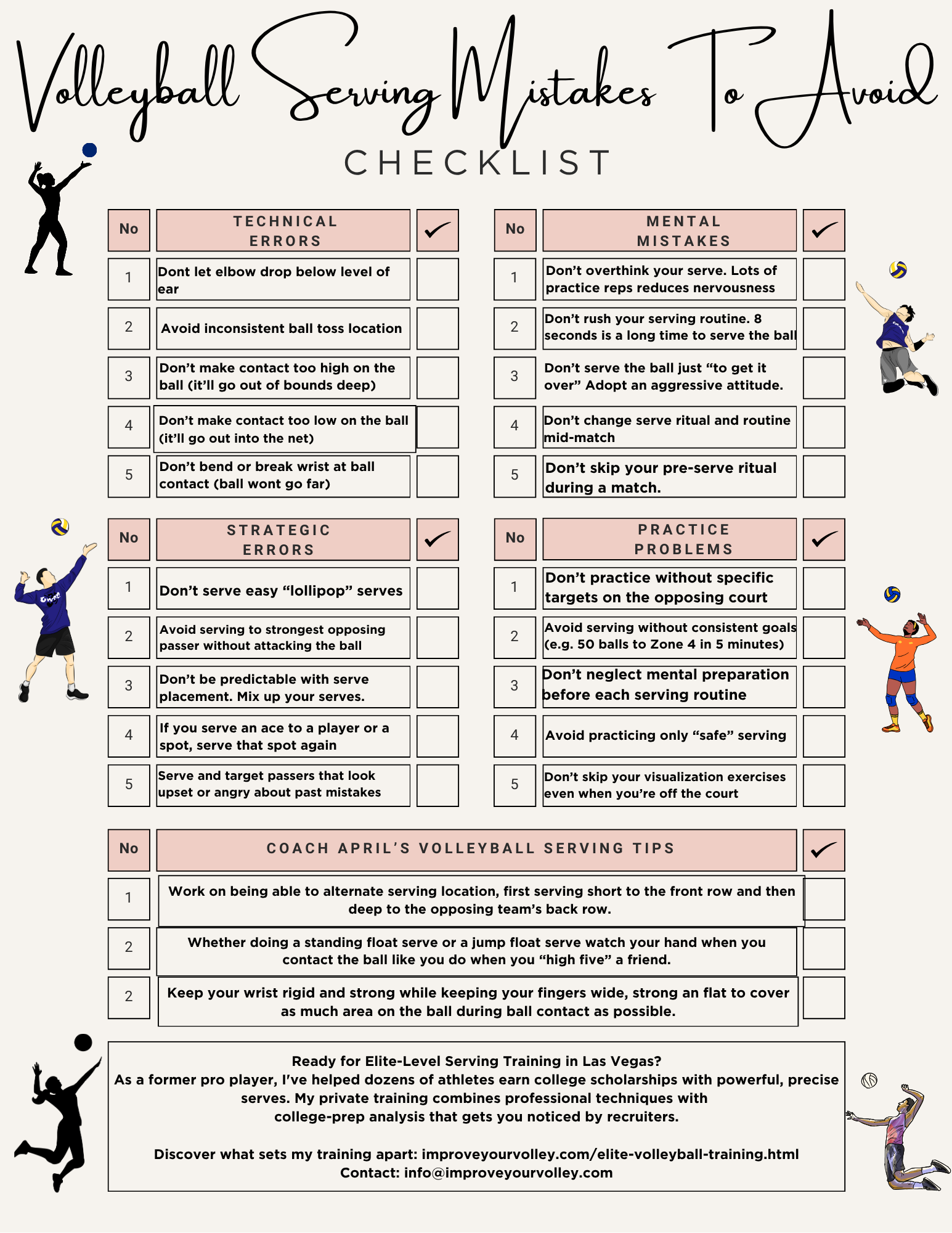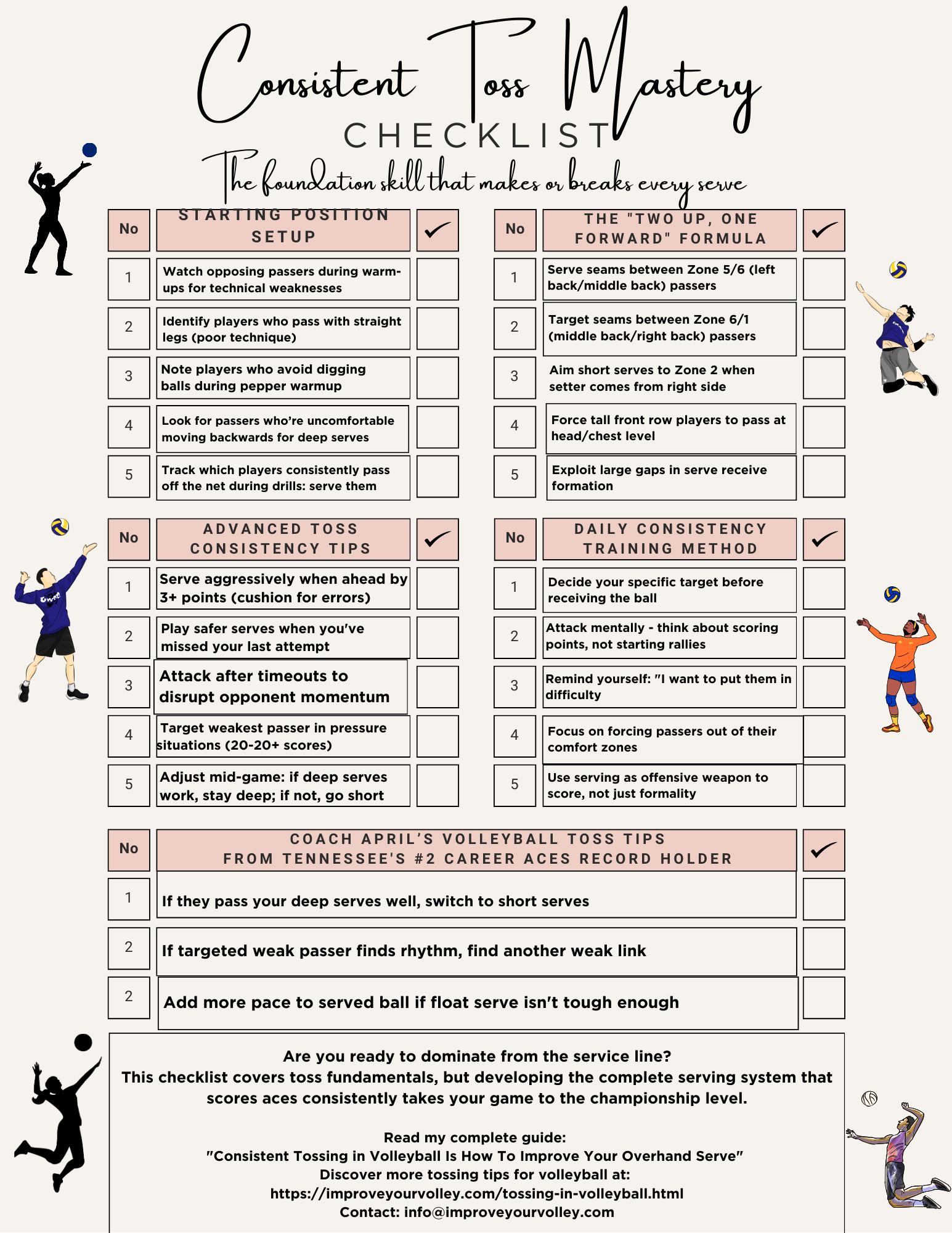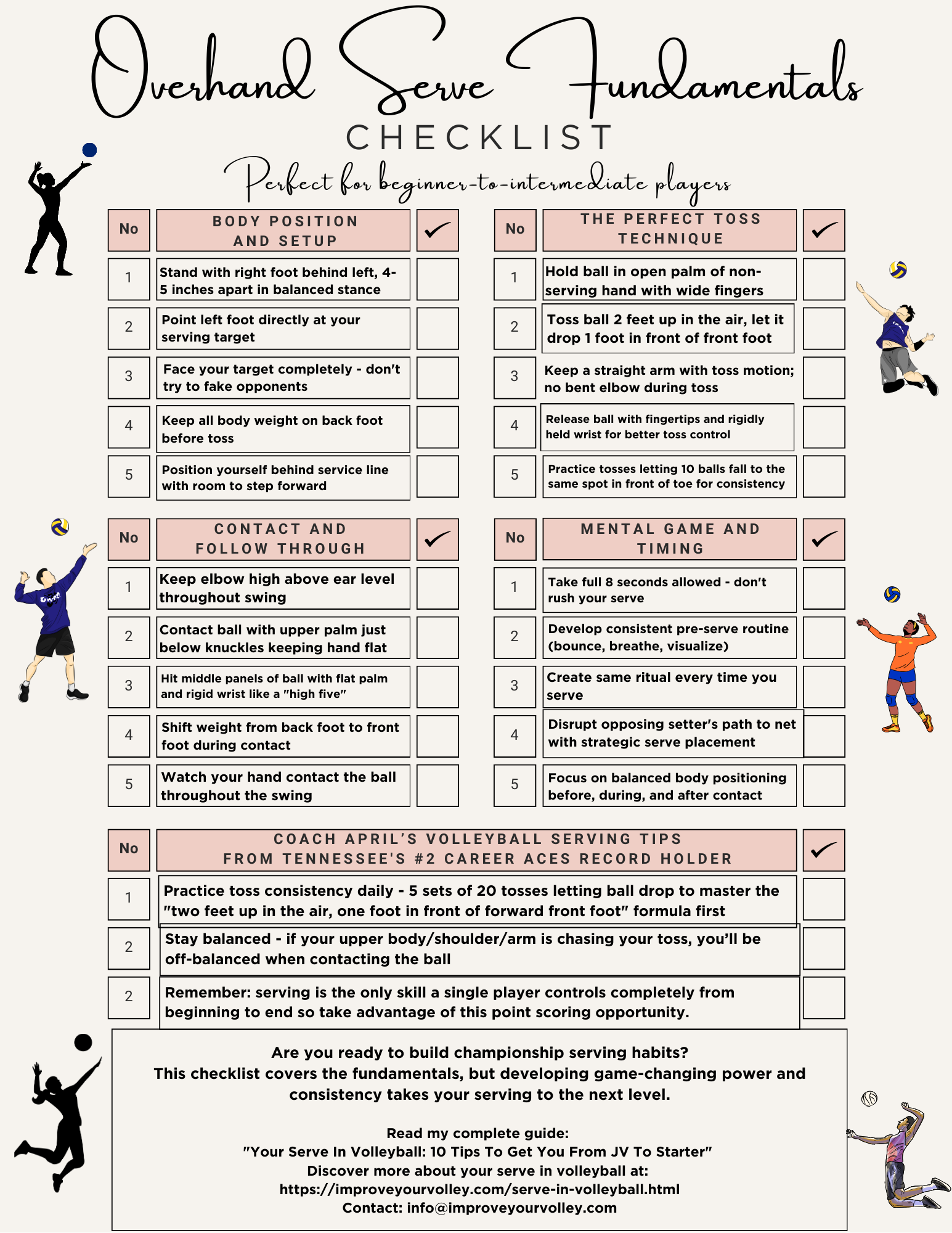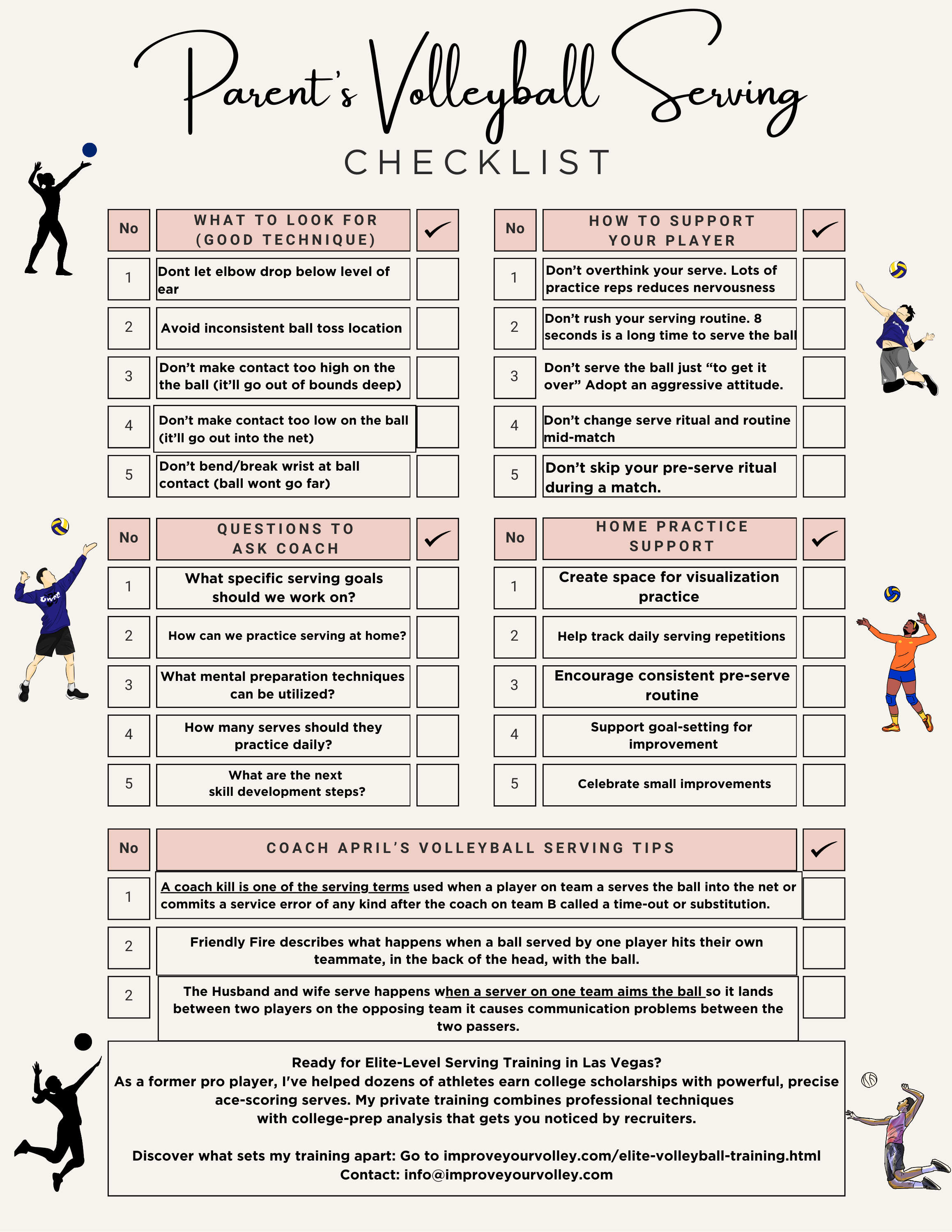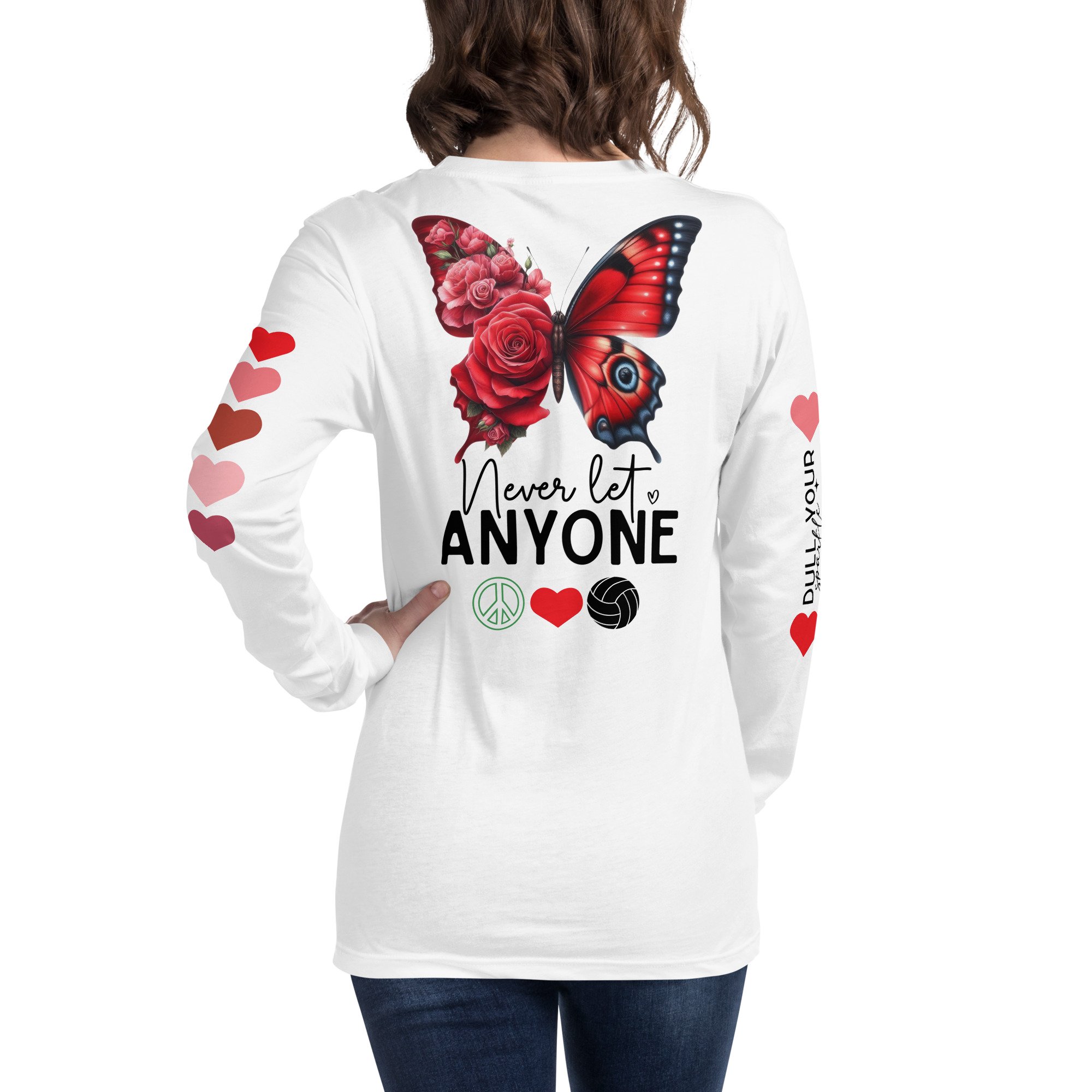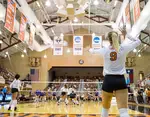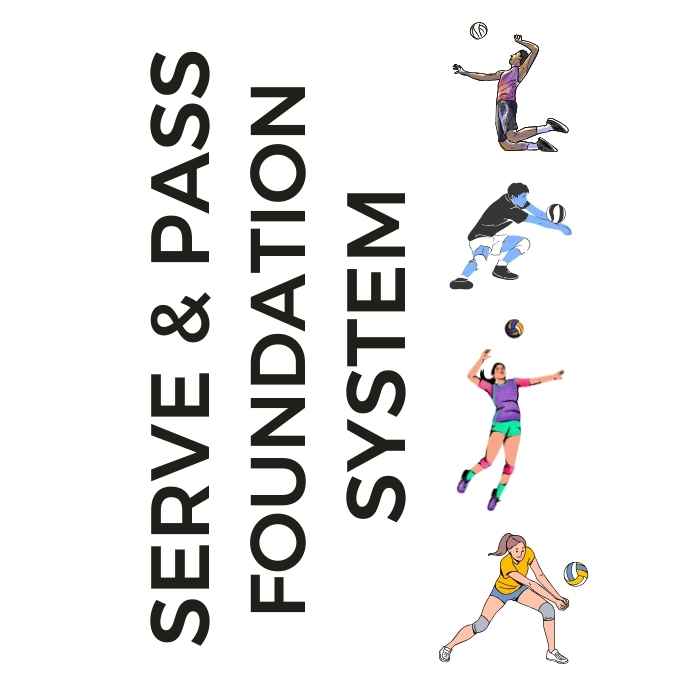
Serve + Pass Foundation System: The Complete Skills Arsenal The two-skill mastery system that transforms inconsistent players into the athletes coaches build their lineups around. Stop Struggling With The Two Most Important Skills In Volleyball!
- Improve Your Volleyball with Coach April
- Learn How To Coach Girls Volleyball
- A Beginners Guide To Volleyball Blocking
A Beginners Guide To Volleyball Blocking A Step By Step Block Tutorial
This is my ultimate blocking volleyball guide of 12 actions to take before, during and after your team hits the ball over the net.
My 12 point beginners guide to volleyball blocking checklist is a simple breakdown, step-by-step of the action steps you need to take as a blocker.
From the moment the opposing team's server has the ball in their hand all the way to after you finish your blocking action.
A Beginners Guide To Volleyball Blocking A Step By Step Block Tutorial
Before The Serve -
What You Should Do
Establish blocking assignment/position quickly
Know the block style and volleyball tactic of the opposing team.
(That means you need to quickly read, commit, cheat towards a primary attacker)
- Are you going to block traditionally or are you going to swing block?
- Can you cheat towards the hitter that's been scoring the most points so you stand in front of/or are closer to her/him just before the server serves
Identify where the setter is, as well as the number and location of eligible attackers
- Is the setter front row? If so, there are two more hitters plus possible backrow attackers. Where are they?
- Is she backrow? Then there are three hitters that could possibly receive a set
Identify the style of offense
- Are they running a high ball to the outsides, or are they running play-set combinations?
- Are the middles running quick sets
- When do they use their backrow hitters and who are they?
- Does the setter dump?
- Identify these possibilities by talking about what you've seen them run previously or what you know they do from your scouting report options while standing at the net waiting for the serve
A Beginners Guide To Volleyball Blocking A Step By Step Block Tutorial When Ball Is Served - What You Should Do
Assume your final correct floor position
Be prepared for an overpass
(Be ready if the first thing that happens is the other team's first pass comes right back over the net.)
- The first thing that could happen is an overpass, where the ball could come right back over the net from the opposing team's bad pass that shoots back over the net instead of going to the setter. Don't be surprised by an overpass, be ready to block it, just in case
A Beginners Guide To Volleyball Blocking A Step By Step Block Tutorial:
Ball Is Passed - What You Should Do
As the ball is passed, glance at the attacker in your zone.
- Verbalize/Talk about if she is leaving your zone and entering another teammate's as you move to your adjusted block position/area of responsibility along the net
See the pass and assess the setter options
- Is it a good pass that's in-system? if so, the setter can run all her options so be ready.
- If it's a bad pass, then the setter has to move from her base to set an out-of- system ball which means she may only have one or two teammates she can set to
- Decide quickly if you still need to block or not based on the pass you see
As the pass nears the setter, maintain a low ready position and focus on the setter's body language and position in relation to the ball.
A Beginners Guide To Volleyball Blocking A Step By Step Block Tutorial
Ball Is Set - What You Should Do
Watch the setter deliver the ball. On higher sets, follow the set no further than its apex (peak.)
- Immediately shift focus to the approach angle of the hitter.
- The outside blocker sets the block according to pre-determined tactics (are you blocking line or cross court?)
If not swing blocking - from your squat... jump, squaring your shoulders to the net.
- Arms need to "seal" the net (choke the ball) on the way up and extend as far over the net as possible
If swing blocking - use the footwork - crossover step together - with both arms swinging back then forward as you travel to the outside of your court to front the hitter
The 12-Step Beginners Guide To Volleyball Blocking: Time your block so you jump and penetrate the net with your arms ..just before the hitter contacts/spikes the ball.
A Beginners Guide To Volleyball Blocking A Step By Step Block Tutorial:
Ball Is Attacked - What You Should Do
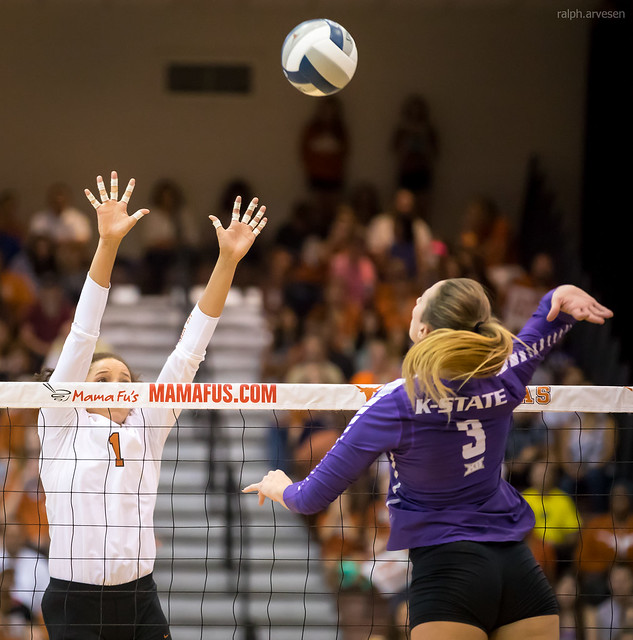 A Beginners Guide To Volleyball Blocking A Step By Step Block Tutorial:
Time your block so you jump and penetrate the net with your arms just before the hitter contacts/spikes the ball (R. Arvesen)
A Beginners Guide To Volleyball Blocking A Step By Step Block Tutorial:
Time your block so you jump and penetrate the net with your arms just before the hitter contacts/spikes the ball (R. Arvesen)Timing - Blocker should be in "optimum" position
- At the peak of your jump with maximum penetration, your hands should be positioned to deflect the ball back into the middle of the opposing team's court a split second before the hitter hits
If the ball passes by your blocking hands, follow the attacked ball with your eyes and head while landing in a balanced position as you then quickly pivot off the net.
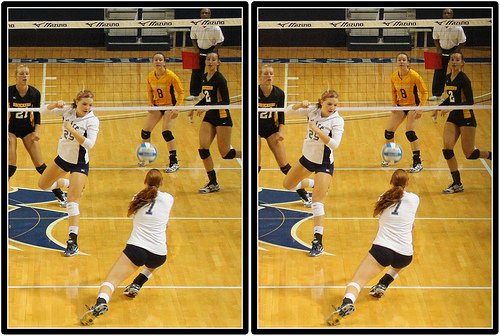 A Beginners Guide To Volleyball Blocking A Step By Step Block Tutorial: This is my ultimate blocking volleyball guide with a list of 12 actions to take before, during and after your team hits the ball over the net ready to block.
A Beginners Guide To Volleyball Blocking A Step By Step Block Tutorial: This is my ultimate blocking volleyball guide with a list of 12 actions to take before, during and after your team hits the ball over the net ready to block.Be prepared to handle the ball (this could be the first thing that could happen) if you're not the primary setter before transitioning to the ten foot line to prep to attack.
- In case the ball is tipped high and just behind your blocking hands you may be the first person who has to pass or set the ball right back up to your setter.
- Land from your block, play the ball, then transition off the net to prep to attack.
Scroll down to read more information about how to improve your blocking volleyball technique.
Do You Follow Me on Pinterest?
 Private or semiprivate volleyball indoor/sand lessons are an excellent way for young Las Vegas high school volleyball players to quickly improve their individual skills through a private or semi-private coaching experience.
These lessons are conducted by former pro volleyball player, former USA Volleyball High Performance instructor and Evaluator and Tstreet Vegas 18s head Coach April Chapple on a weekly basis.
Sign up now!
Private or semiprivate volleyball indoor/sand lessons are an excellent way for young Las Vegas high school volleyball players to quickly improve their individual skills through a private or semi-private coaching experience.
These lessons are conducted by former pro volleyball player, former USA Volleyball High Performance instructor and Evaluator and Tstreet Vegas 18s head Coach April Chapple on a weekly basis.
Sign up now!Follow me on Pinterest Volleybragswag to improve your game even faster!
I share alot of individual, partner and easy-to-do volleyball serving drills we do in class with my followers.
Many of these volleyball practice drills you can do at home by yourself or try at your next practice with your teammates.
If you're a B team or JV player trying to make varsity next year...your goal should be to complete 1000 reps a day of at least three of the basic skills on your own...volleyball passing, serving and setting should be at the top of the list.
Meet G.B. Blash the Grizzly Bear and Middle Blocker on
VolleyBragSwag's All Beast Team
A Beginners Guide To Volleyball Blocking A Step By Step Block Tutorial
Where Do You Go From Here?
No need to guess where you need to go now? Here are three options:
1. Learn more about Blocking Skills by clicking the related links below.
2. Follow the suggested reading on our Sitemap page Learning How To Play (Sitemap)
3. Or visit the pages in the How To Play section in the drop down menu at the top of the page to get started
If your athlete struggles with consistent serve receive, gets subbed out, or is overlooked for playing time—this is the fix you’ve been looking for.

Struggling with passing consistency?
I help talented passers tired of getting pulled from games because of inconsistent serve receive skills BUILD passing confidence without expensive private lessons using the same 3-step system that's helped dozens of my athletes get recruited.
Download my eBook for $17.99 and start building the passing confidence that keeps you on the court—and gets you seen by college coaches.
From Lady Vol to Legend: Coach April Produces Powerful Passionate Players...is that you?
What Are You Looking For?
Click to Download Your Pre Serving Ritual Mastery Checklist pdf:
🎯Volleyball Pre Serving Ritual Guide -
Players! Learn How To Transform Your Serve from Weak to Weapon
Click to Download Your Parent's Volleyball Serving Checklist pdf
🎯Parent's Volleyball Serving Checklist Guide
Parents! Help Your Player Develop Championship Serves (Even If You've Never Played)

Hi there!
Thanks for stopping by. Hope you learned something today that will help you reach your volleyball goals.
Be sure to subscribe to my email newsletter so you can learn more each week!
Stay strong! Stay motivated!
-Coach April

SUSCRIBE to my email newsletter below!
 Click to learn more about the weekly volleyball classes and clinics or email info@imrpoveyourvolley.com for information
Click to learn more about the weekly volleyball classes and clinics or email info@imrpoveyourvolley.com for informationCongratulations to my seven Boys-18s Vegas Volley club players who played in two state championship finals yesterday, the 3A and 5A State champinship finals at Sunrise Mountain High School.
TOURNAMENT CHAMPIONS!
A-1 Vegas Volley VBC
In It To Win It Tournament
May 2 - 4, 2025 Tournament
Gold Medalists
18s Premier Division
Vegas Volleyball's Unsung Heroes: Celebrating Moms with Peace Love Volleyball Shirts
Ready to energize your volleyball mom journey?
Subscribe to my 'Producing Powerful Passionate Peaceful Players' email list above on ImproveYourVolley.com.
You'll receive energy-boosting tips, exclusive insights from me, Coach April Chapple on maintaining momentum in volleyball.
Let's power up the Vegas volleyball scene together!
Recent Articles
-
5 Essential Serving Tips from Tennessee's #2 Career Aces Record Holder
Dec 09, 25 11:39 PM
I've identified the 5 essential serving tips that separate confident servers from struggling ones and you'll serve with the confidence that creates aces -
The Volleyball Toss How Consistent Is Your Ball Toss Before You Serve?
Dec 07, 25 12:29 AM
The volleyball toss for the overhand serve needs to consistently be two feet up in the air and one foot in front of front foot which puts the ball in front of your serving arm. -
Shop Small: Real Volleyball Training With + Results From A Real Coach
Dec 03, 25 10:30 AM
Support a woman-owned business. Get training from a former elite pro with 13+ years coaching experience. Ditch the big box store--invest in proven results.
